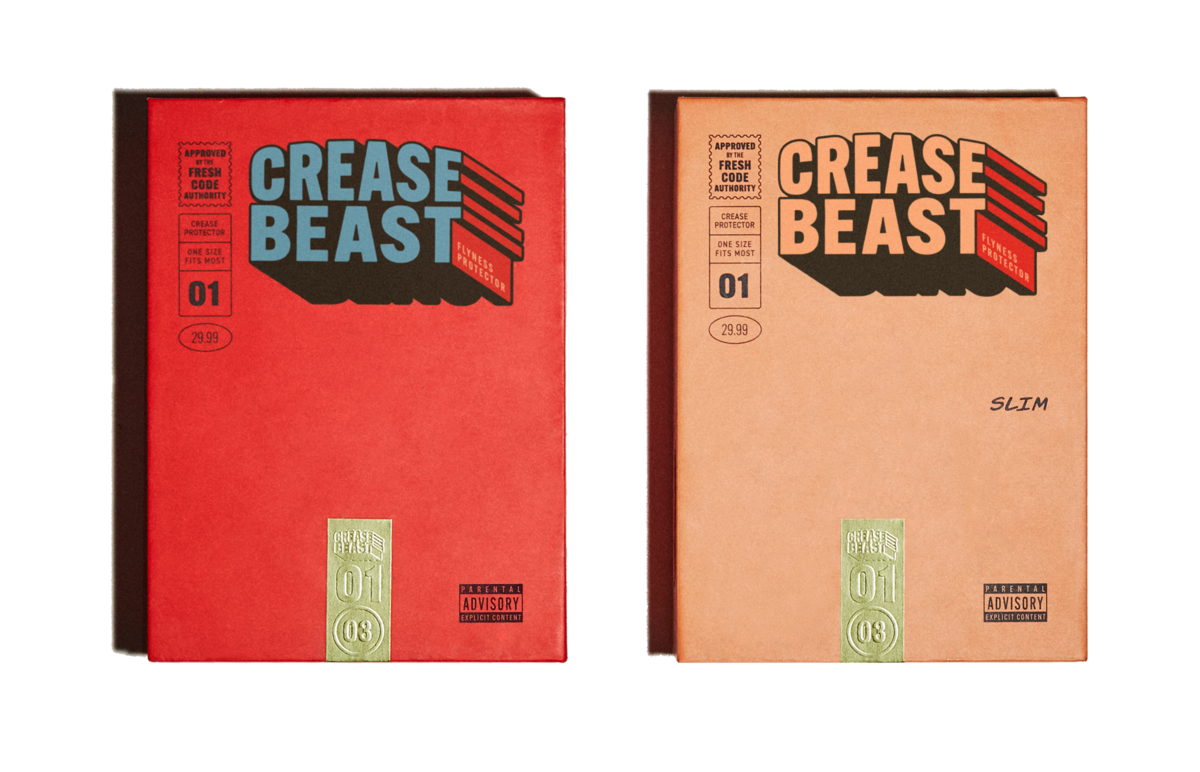Shoe Creases in Professional Environments
In the world of professional attire, attention to detail can make a lasting impression. From well-ironed shirts to polished shoes, each element contributes to a well put-together appearance. When it comes to shoes, one factor that often poses a dilemma for professionals is shoe creases. In this article, we will explore the key factors that impact shoe creases in professional environments and the tradeoffs involved in finding the right balance.
The Importance of Shoecare
Proper shoecare plays a crucial role in minimizing shoe creases. Regular cleaning and conditioning of leather shoes can help maintain their suppleness and prevent excessive creasing. Using high-quality shoe trees can also help preserve their shape when not in use, reducing the likelihood of unsightly creases forming over time.
The Impact on Appearance and Professionalism
When it comes to professional environments, appearance matters. Shoes with deep, pronounced creases can create an impression of neglect or carelessness, potentially undermining one's professional image. On the other hand, a well-maintained pair of shoes with minimal creasing exudes a sense of professionalism and attention to detail.
The Role of Fabric
Understanding the fabric of your shoes is essential in managing creases. Different materials, such as leather, suede, or synthetic fabrics, have varying degrees of crease resistance. Leather shoes, for example, tend to develop natural creases over time, which can be embraced as a sign of character and quality. However, excessive creasing in leather shoes may indicate poor fit or inadequate maintenance.
Maintenance and Preventive Measures
Regular maintenance is key to preventing and managing shoe creases. Here are a few maintenance-related keywords to keep in mind:
- Polishing: Polishing your shoes not only enhances their appearance but also helps minimize the visibility of creases.
- Conditioning: Applying a shoe conditioner can keep the leather moisturized and more resistant to creasing.
- Rotation: Rotating your shoes regularly allows them to rest and recover, reducing the chances of permanent creasing.
- Proper Fit: Ensuring your shoes fit properly can prevent unnecessary creasing caused by excessive movement or pressure on specific areas of the shoe.
- Investing: Investing in high-quality shoes can make a difference in crease resistance, as well-crafted shoes often use materials and construction methods that minimize creasing.
The Tradeoffs and Challenges
While minimizing shoe creases is important, it's crucial to strike a balance between a well-maintained appearance and the comfort of your shoes. Shoes that are too tight or lack flexibility may resist creasing, but they can cause discomfort and foot problems. Therefore, it's essential to find the right compromise that allows you to maintain a professional appearance without compromising your comfort and well-being.
Conclusion
When considering shoe creases in professional environments, it's essential to prioritize shoecare, understand the impact on appearance and professionalism, take into account the role of fabric, and embrace maintenance and preventive measures. By finding the right balance and making informed decisions, you can ensure that your shoes make a positive impression while maintaining your comfort and style.
